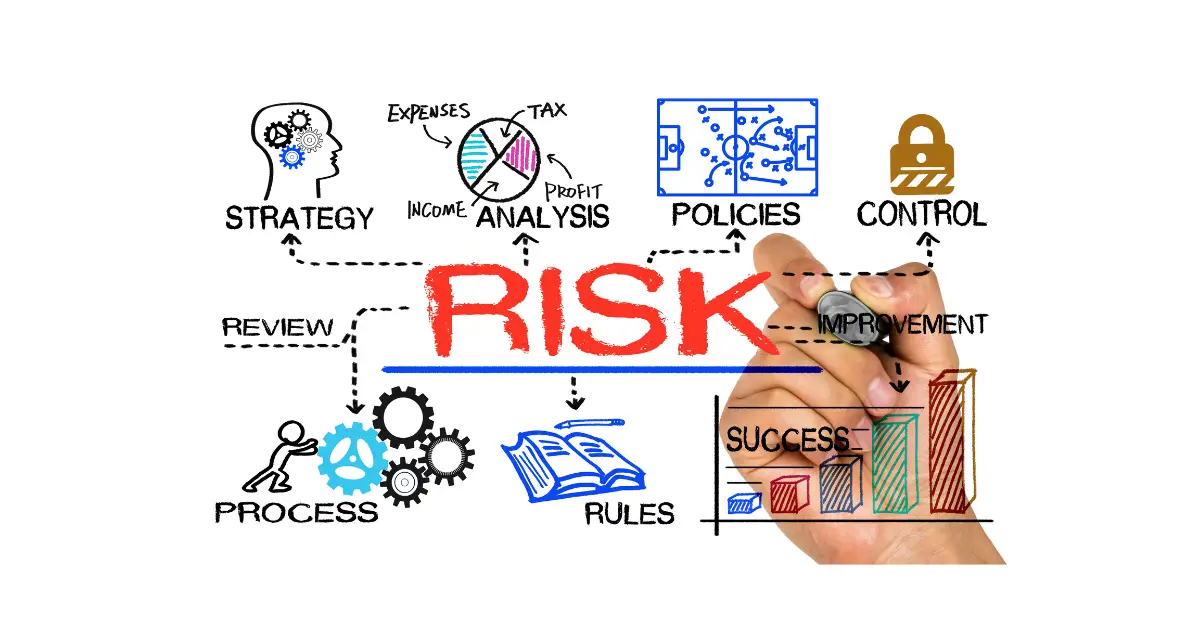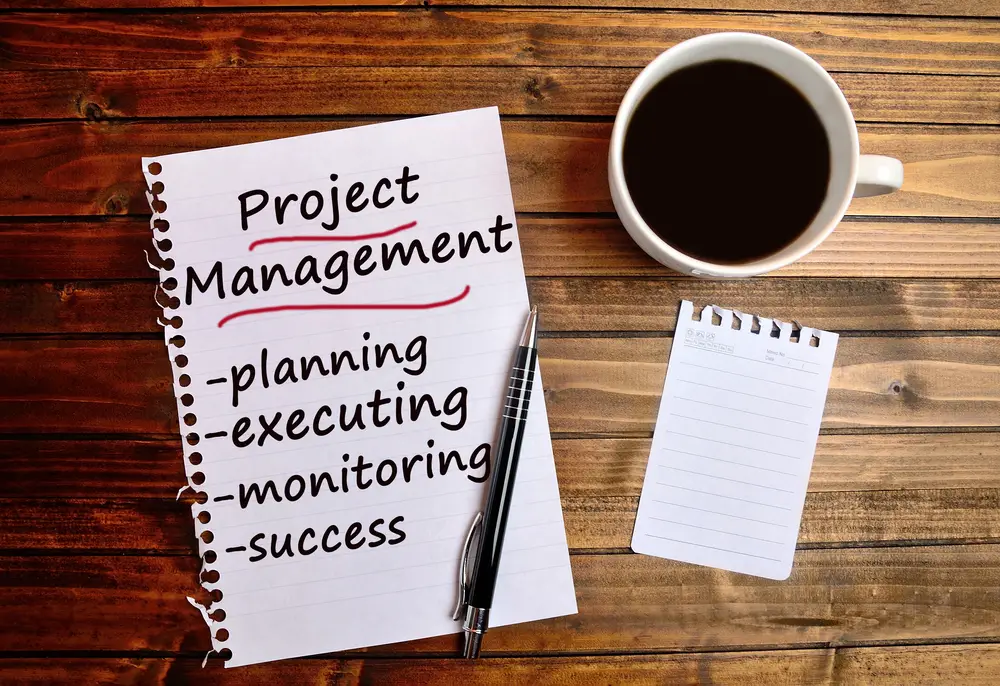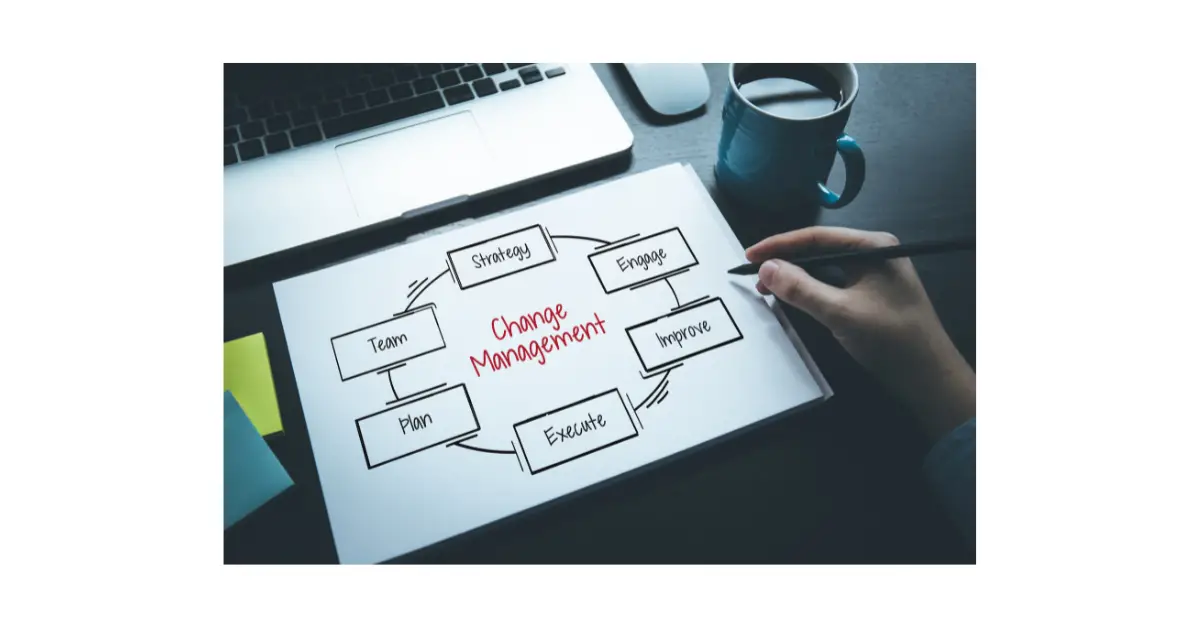A risk assessment questionnaire is a list of questions used to evaluate risks associated with a project. It helps project managers identify, assess, and prioritize risks. By doing so, they can develop a plan to mitigate or avoid these project’s risk factors.
The questions in a risk assessment questionnaire should be tailored to the specific project. However, all risk assessment questionnaires should cover some general categories of questions.
The Project risk assessment template can be used as-is or customized to fit your specific project’s needs.
– What is the name of the project?
– What is the goal of the project?
– What are the deliverables of the project?
– Who is responsible for each deliverable?
– When is each deliverable due?
– What are the risks associated with each deliverable?
– How likely is it that each risk will occur?
– What is the impact of each risk if it does occur?
– What are the mitigation plans for each risk?
– Who is responsible for each mitigation plan?
– When should each mitigation plan be implemented?
In addition to using the template above, you can create your risk assessment questionnaire tailored to your specific project. To do so, consider what information you need to identify, assess, and prioritize risks associated with your project using i risk assessment questionnaire.
Then, craft questions that will elicit this information from those involved in the project. Here are some tips: – Use clear and concise language. – Avoid Yes/No questions; instead, ask open-ended questions that begin with who, what, when, where, why, and how. – Make sure all stakeholders are represented in the questionnaire. – Focus on tangible risks rather than intangible risks. Intangible risks are more difficult to quantify and therefore assess and manage.
Project risk assessment can also help with a project risk management plan. Having no other components makes undertaking project risk assessments less efficient and difficult. In some cases, ignoring the identification of risks can mean the less important or worthwhile risk is included in risk assessment.
Concentrating only on risks which do not have measurable consequences on the project wastes time and effort. Another example demonstrating how one aspect of project risk management affects the other is not having risk monitoring systems in place immediately after risk evaluation.
Risk assessment describes methods of identifying and assessing potential risks that may have the potential for damage. Risk assessment questionnaires often ask questions on assessing risk and managing it.
Project risk analysis is needed because the risk is inevitable, and the inability to prepare properly could lead to costly delays and even delays. The project management team must keep clients informed of their progress with the project managers to avoid any repercussions for the client.
One of the most effective strategies for ensuring project success is regularly conducting risk assessments during the project lifecycle. Though the starting stages of any project are often considered crucial, the risks of completing them are often borne out because they may not be fully completed. This blog post will provide a template for a project risk assessment questionnaire and some tips for mitigating such risks by creating your own.
Why should I use a template?
There are many benefits to using a template when conducting a project risk assessment. First, it helps to ensure that all of the essential information is collected. This is important because the assessment aims to identify potential risks so that they can be mitigated or eliminated. Second, a template provides a consistent framework for evaluating risks.
This helps ensure that the assessment is objective and comprehensive. Finally, using a template can help to save time and effort. This is especially beneficial when conducting a large or complex risk assessment. Using a template, you can focus on collecting and analyzing data rather than creating the format for the assessment. Overall, templates can be an extremely valuable tool in conducting an effective project risk assessment.
The template is an easy and inexpensive digital resource to assess the risks involved. A digital template is easily shared with many users and can be easily updated and modified in any order.
Another benefit of using project risk assessment templates is that they can be accessed through the web or mobile devices, avoiding the need to carry extra folders. Project risk assessments typically have these elements. Four elements should be considered when conducting a risk assessment: severity, likelihood, control, and consequences.
Severity refers to the potential for harm if the hazard is realized. The likelihood is the probability that the hazard will occur. Control is the ability to eliminate or reduce a hazard. Consequences are the results of the hazard occurring. The risk response plan document is derived from the questionnaire to ensure the project’s success.
How can I assess project risks?
How should I assess project risks using standardized methods and tools?
Step 1. Start with what you know
Describe potential risks. Those expected risks represent the risk factors that project managers already know in their projects. Risks can occur, despite being unlikely, and are possible. Find out whether expected risks are critical risks and comfortable risks.
Both of these impacts negatively impact the deliverability of projects. The difference between them is how much mitigation is needed to mitigate certain risks. If it goes down well enough, then it makes sense.
Risk identification is the first step in the risk assessment process. Risk identification aims to identify as many potential risks as possible so that they can be analyzed and addressed. Several techniques can be used for risk identification, including brainstorming, Delphi, and root cause analysis.
Once potential risks have been identified, they can be classified according to their probability and impact. This will help to prioritize risks so that the most serious threats can be addressed first. Risk identification is an important step in ensuring the success of any project.
It’s impossible to account for every potential risk when conducting a project risk assessment. Even with the most thorough planning, there will always be some unidentified risks that can materialize and cause problems. The best way to deal with these unknowns is to have contingency plans to address them if they arise.
This might include setting aside additional budgets to cover unexpected costs or having extra personnel to deal with unforeseen issues.

Step 2. Prepare for the Unexpected
Although the most efficient and effective method can be utilized to identify risks, the best project managers must be aware of the risks encountered. This makes it important to eliminate risks that a project leader is unaware of.
Project managers should create a contingency plan if this risk comes about. Having an emergency plan for emergencies is useful advice for project managers who are looking to plan. Ideally, project managers can apply this contingency plan to different types of risks.
It is important to identify early warning signs that could indicate potential problems. One early warning sign is a change in the budget. If the budget for a project starts to increase without a corresponding increase in scope, this could indicate that the project is in danger of going over budget.
Another early warning sign changes in the schedule. If the project starts to fall behind schedule, this could indicate problems with the project plan. Finally, personnel changes can also be an early warning sign. If key personnel start to leave the project or there is a high turnover rate, this could indicate morale issues within the team.
Step 3. Make sure everyone knows what to do
When preparing a project management plan, the project manager must provide information. If possible, project managers should provide training or orientation for employee training in case a danger is present. In addition to using mitigation plans at the initial stage, project managers can choose between contacting the corrective action assigned or contacting the entire team for participation.
Different risk threshold can be used in project risk assessment. For example, some organizations may accept risks with a low probability of occurrence but could have a high impact. Other organizations may avoid all risks, regardless of their likelihood or potential impact of low-risk factors bearing in mind low-risk ratings.
The best approach for a particular organization depends on its specific needs and objectives. However, all organizations should consider the risks’ likelihood and potential impact when deciding how to respond to them.
Step 4. Quickly adapt to changes
When the project starts, the manager must remain vigilant for potential problems. If project managers want to encourage employees to raise the risk to their supervisors, a tip can be followed. The problem is that even the most skilled project manager might overlook critical risks while identifying risks or at the start of a project. Employee perspectives on risk are often different, and using their knowledge can benefit project managers.

Step 5. Record what you learned
Since projects are highly regulated, they require constant assessment of risk assessments, risk mitigation, and risk management. Project managers must make a note in their upcoming project risk assessments of what could be improved or not, what could be improved.
Conclusion
A well-crafted risk assessment questionnaire can help project managers identify, assess, and prioritize risks associated with their projects. Through creating a tailored questionnaire for your specific project, you can ensure that all stakeholders are represented and that all risks are properly considered.

Chris Ekai is a Risk Management expert with over 10 years of experience in the field. He has a Master’s(MSc) degree in Risk Management from University of Portsmouth and is a CPA and Finance professional. He currently works as a Content Manager at Risk Publishing, writing about Enterprise Risk Management, Business Continuity Management and Project Management.


